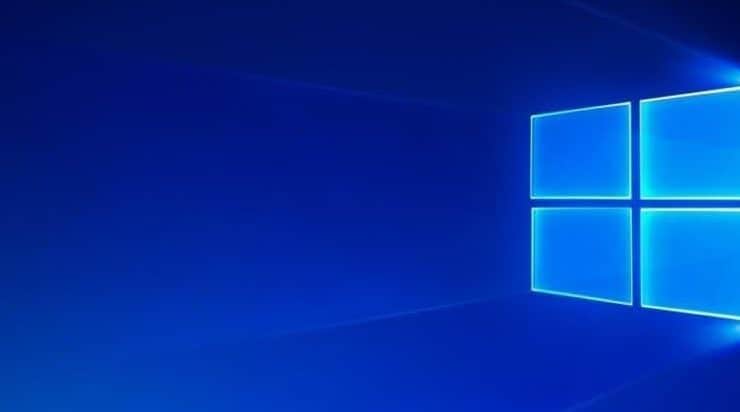
- Gnucash could not obtain the lock for file windows 10#
- Gnucash could not obtain the lock for file code#
There are no gnucash.exe processes still running.
Gnucash could not obtain the lock for file code#
It would be nice if an error code was shown.Ĩ) Reinstalled previous version of GnuCash (2.6.15) and restored data file, gcm and saved reports filesĩ) Opening Read Only or Open Anyway does not allow me to save a new file anywhereġ0) Rebooting (many times). gcm and saved reports files so they would be recreatedĥ) Renaming C:\Users\gordo\.gnucash to A.gnucash (Windows does not allow renaming a directory to anything starting with dot).Ħ) Checked GnuCash registry entries for anything strangeħ) Checked tracefile from running 2.6.21 gnucash.exe -debug -extra (see attached) - Not sure if that is OK but I cannot see anything obviously wrong. For a user named 'myname' these files are located in the folder c:\Documents and Settings\myname\Local Settings\Temp (Windows XP) or C:\Users\myname\AppData\Local\Temp (Windows Vista/7). There will be one trace file for each time GnuCash is run. Note that Microsoft is now using just the first 5 letters of the users name as the USERNAME so on the old laptop: C:\Users\gordon, New C:\User\gordoĤ) Renaming the. In the GnuCash application, all error messages are redirected to a trace file. There are no non-ascii characters in any of the paths AFAIK.Ģ) Using a different login which had not been used for GnuCash previouslyģ) Changing login from using Microsoft account back to local account I believe the only incompatibility is to do with the Acronis Scheduling services - Acronis was uninstalled after disk cloning.
Gnucash could not obtain the lock for file windows 10#
Acronis 2013 does say it is not compatible with Windows 10 but everything else seems to be working fine. I *think* GnuCash 2.6.21 was working fine before the SSD replaced the HDD. I set up this laptop for a relative (including GnuCash 2.6.21) and used Acronis True Image 2013 to clone the hard drive to an SSD. I CAN create and modify files and directories in that directory (and other directories under Documents) in other applications. I think therefore that GnuCash cannot write into that directory but I cannot see anything wrong with the security permissions on the file or directory. There is no LCK file in that directory (I checked while showing hidden and system files). If you proceed you may not be able to save any changes.

That database may be on a read only file system, or you may not have write permission for the directory. GnuCash could not obtain the lock for file://C:\Users\gordo\Documents\GnuCash\2.6.21\BBGJ20112\BBGJ2012.gnucash. Windows 10 Home 1709 with all available updates Once you have edited and saved the file, you don't have to gzip it yourself GnuCash will do this upon the next save if set in preferences.Trace file from 2.6.21 when run with -debug -extra It is strongly recommended that you have backups of your file before opening the source XML. In order to view your data in a text editor, you need to expand the compressed XML data, either by changing the preference or by uncompressing the data file using the tool available on your operating system. This is switched on or off according to the preference setting in Edit->Preferences->General where you can set or unset the checkmark at File compression. How can I edit the XML file? The default file format is XML, but it is stored by default in compressed form (i.e., compressed by the program gzip). If you didn't specify it in your file name the GnuCash file would simply have not extension. Before GnuCash 2.4, the default file name extension was. log files filling up my directory for more information. When you use FileLock, it is purely advisoryacquiring a lock on a file may not stop you from doing anythingreading, writing, and deleting a file may all be possible even when another process has acquired a lock.

Note that, in addition to the original " foobar.gnucash" file, GnuCash will also save backup files and log files. You are deleting the lock file every time you run, so only one process can have a lock on it. So, if you enter " /home/myself/foobar" in the "Save as." dialog window, the file will be written as " /home/myself/foobar.gnucash".


To this file name is usually added the ".gnucash" file extension. Where is the GnuCash file? As with any application that allows users to create information and save it, GnuCash saves your data in a file that uses the name and folder that you choose in the Save as. Two questions regarding GnuCash data files arise again and again:ġ.


 0 kommentar(er)
0 kommentar(er)
